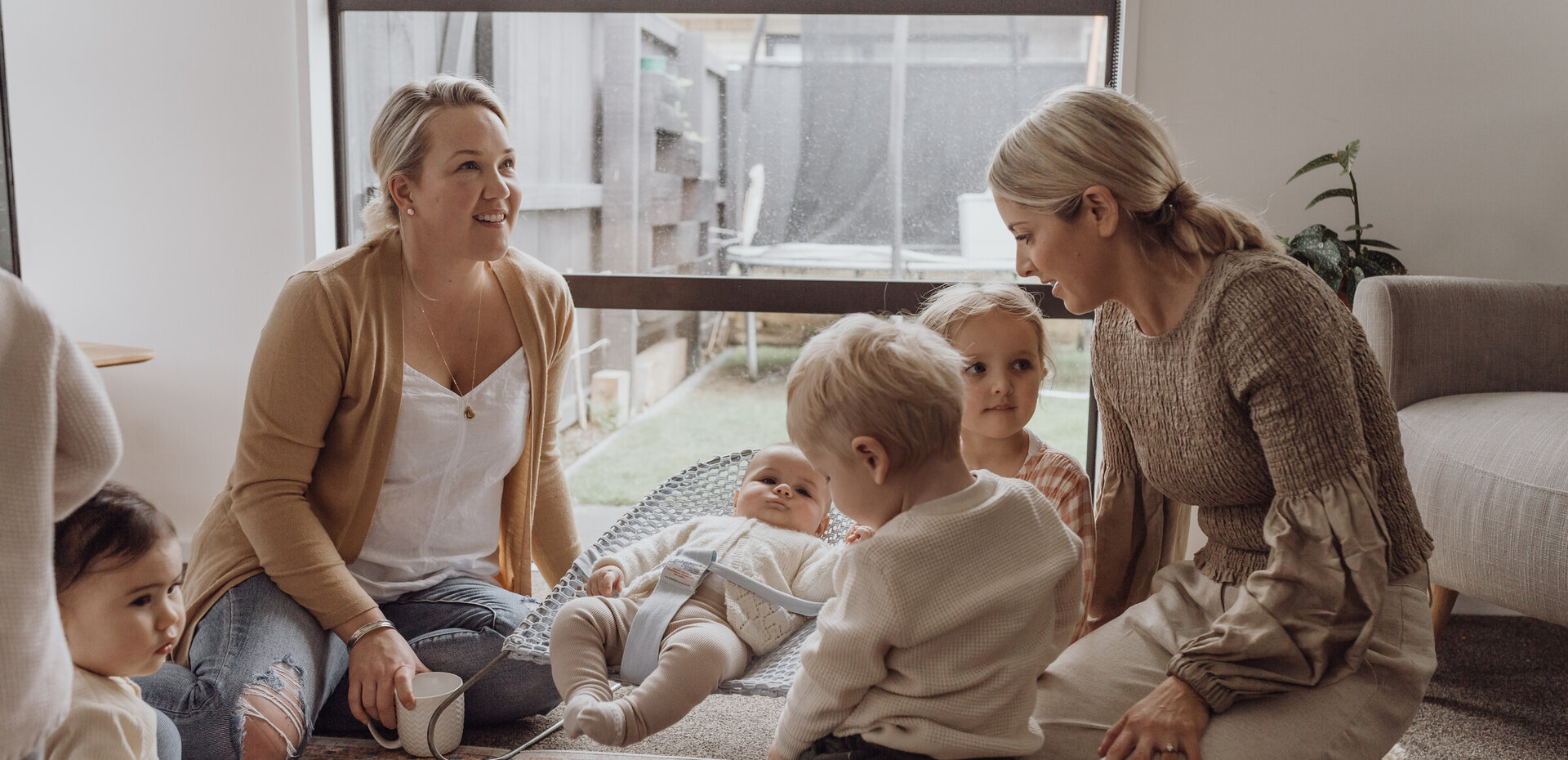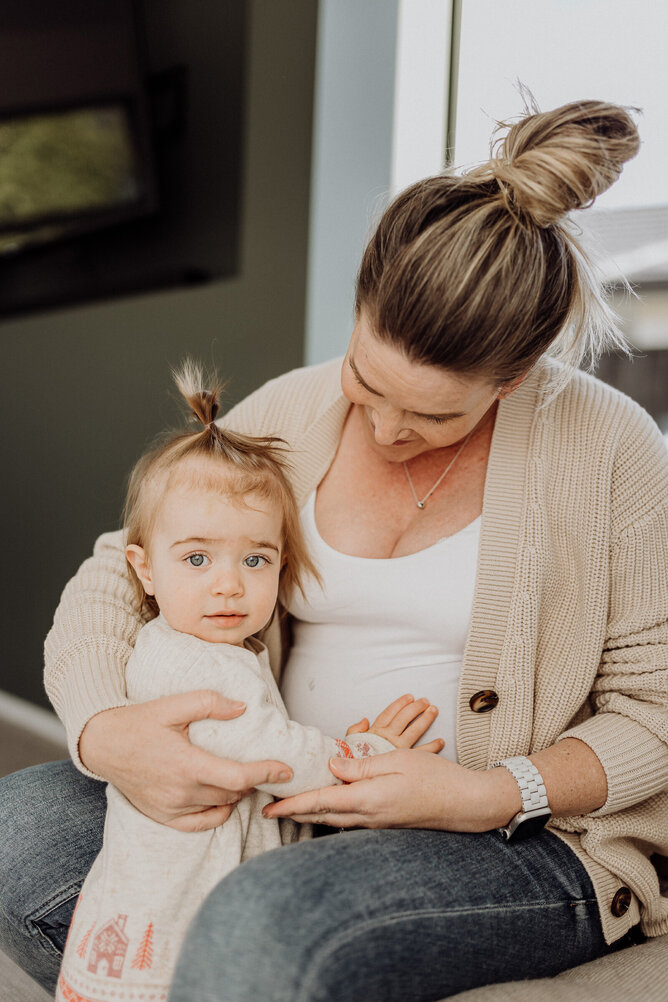Separation anxiety in babies and toddlers
Separation anxiety is a common topic we often get asked alot about. Let's take a look and see how it can play a major role in your little one's sleep and nap routines.
🤔What is Separation Anxiety?
Separation anxiety is a perfectly normal part of your child's development, typically emerging around 8-9 months and peaking between 10-18 months. It's a sign that your little one is forming strong attachments, which is fantastic for their emotional growth but can pose challenges when it comes to sleep.
❓How does it impact sleep?
Children experiencing separation anxiety may find it harder to settle down at bedtime. The fear of being apart from you can lead to resistance when it's time to wind down.
Your little one might wake up more frequently during the night, seeking comfort and reassurance. This can disrupt deep sleep cycles and leave both parent and child feeling a little bit tired in the morning.
Separation anxiety can also affect daytime naps. Your child might resist napping or wake up after a short nap, looking and wondering where you are.
🫶Tips to Navigate Sleep During Separation Anxiety:
❣Establishing a smooth and consistent bedtime routine can create a sense of security, making it easier for your child to settle down.
❣Introduce a comforter, like a favorite stuffed animal or blanket, to provide a sense of familiarity when you're not physically present.
❣Practice short separations during the day to help your child get used to the idea of being apart from you. This can make the transition to bedtime smoother.
❣Foster independence by allowing your child to self-soothe and explore their surroundings. This can boost their confidence and reduce anxiety over time.
❣Support them by checking in and letting them know you're there. Still, give them the space to fall asleep on their own. Using your soothing voice can really help too.


